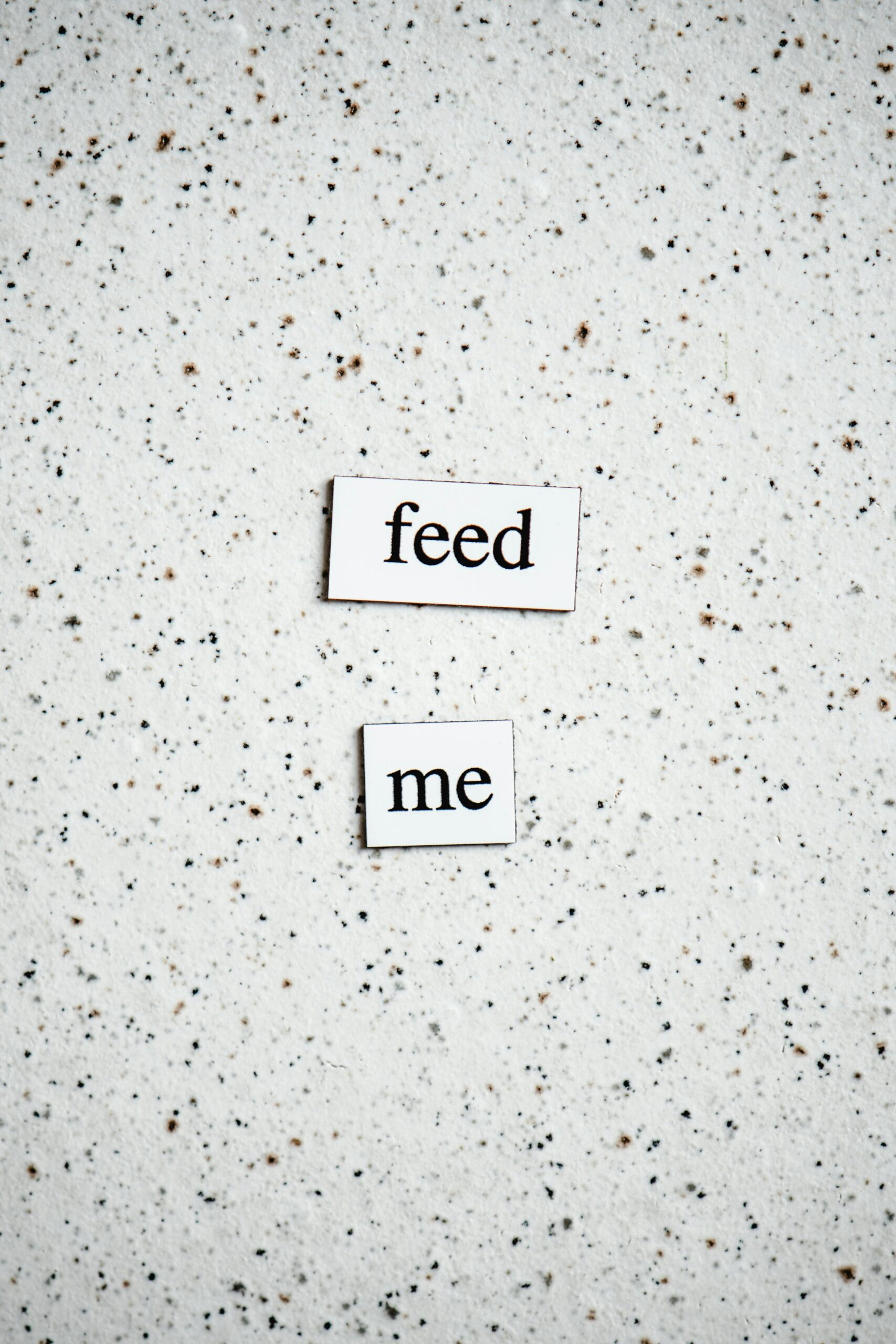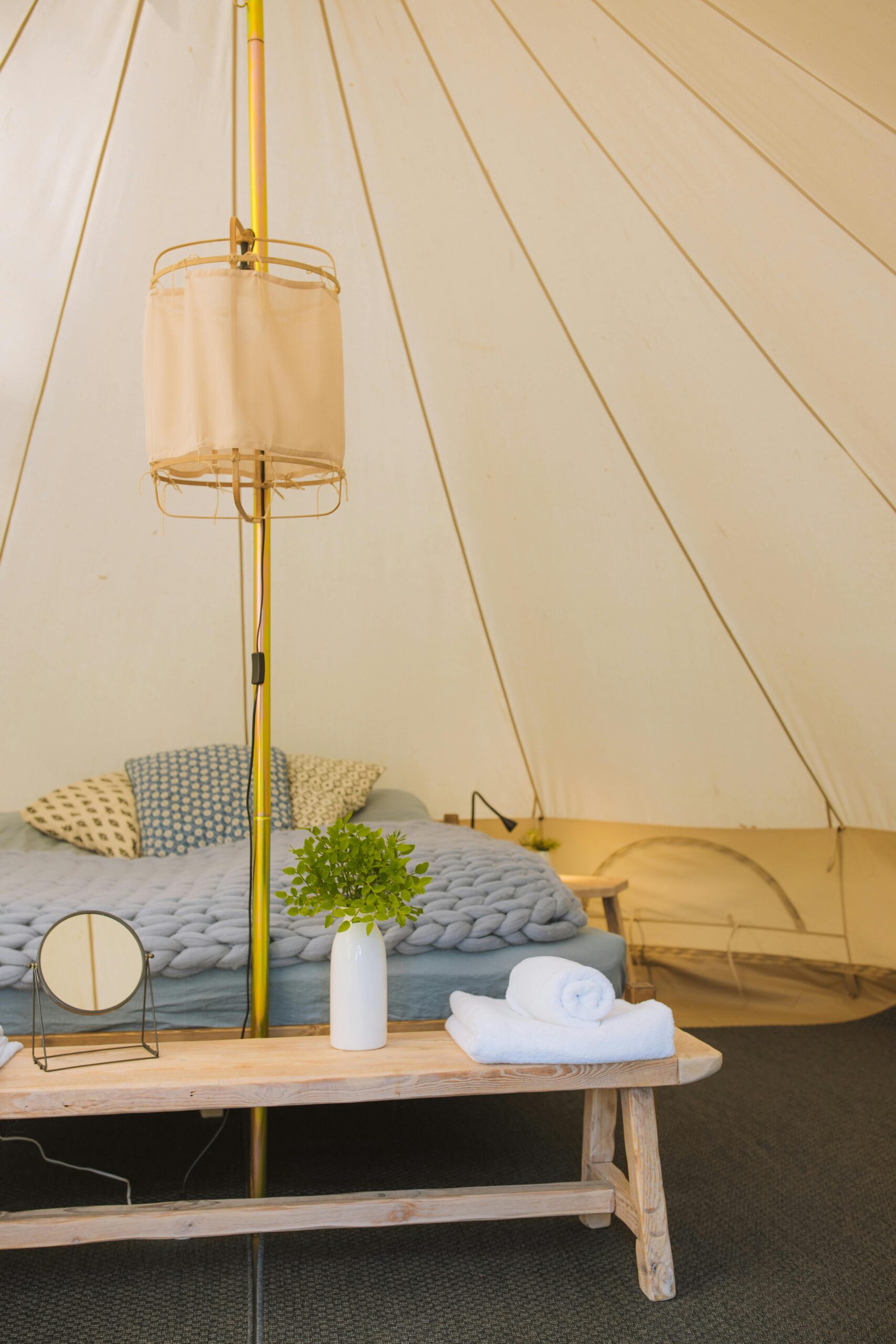In a world where words hold the power to transform thoughts into vivid images, aesthetic sentence examples that inspire creativity and elegance become invaluable tools for writers, artists, and dreamers alike. Have you ever wondered how some sentences effortlessly paint scenes so beautifully, they almost dance off the page? This article dives deep into the magic of crafting aesthetic sentences—those carefully woven phrases that not only please the eye but also stir the soul. Whether you’re looking to elevate your writing style or simply crave inspiration, exploring these captivating and elegant sentence examples will spark your imagination in ways you never thought possible.
Why settle for ordinary when you can create prose that resonates with artistic flair and emotional depth? Our curated aesthetic sentence examples blend creativity with elegance, demonstrating how language can become a powerful medium of expression. From poetic descriptions to vivid imagery, these sentences showcase the beauty of language in its purest form. Curious how to infuse your writing with such charm and sophistication? Stay tuned as we unravel the secrets behind constructing aesthetic phrases that captivate readers and breathe life into your storytelling.
Get ready to explore a treasure trove of elegant and creative sentence examples that will not only enhance your vocabulary but also inspire your next masterpiece. Whether you’re a seasoned writer or just starting out, embracing these examples will help you master the art of writing with style and grace. So, what makes a sentence truly aesthetic? Let’s discover the elements that contribute to its allure and how you can apply them to your own writing journey.
10 Stunning Aesthetic Sentence Examples in English to Spark Your Creative Writing
Exploring the world of aesthetic sentence examples is like stepping into a garden where words bloom with color and emotion, inviting your mind to wander freely. If you ever wanted to spark your creative writing with sentences that don’t just convey information but carry a certain elegance and charm, you’re in the right place. This article dives into 10 stunning aesthetic sentence examples in English that inspire creativity and elegance, perfect for anyone looking to enrich their writing style or just enjoy the beauty of language.
What Makes a Sentence “Aesthetic”?
Before we jump into the examples, let’s consider what exactly is meant by an “aesthetic sentence.” It’s not just about sounding fancy or using big words; it’s about creating a sentence that appeals to the senses, evokes emotion, and often paints a vivid picture in the reader’s mind. These sentences often use rich imagery, rhythm, and sometimes even a bit of mystery. They may be poetic, simple, or surprisingly complex, but the key is their ability to inspire and delight.
Historically, literary figures from Romantic poets like John Keats to modern writers like Haruki Murakami have mastered the art of crafting sentences that feel aesthetic. This tradition continues today with writers exploring how the structure, sound, and meaning of words can be combined to produce something more than just plain text.
10 Stunning Aesthetic Sentence Examples
Here are examples of aesthetic sentences that can be used in your creative writing or just to admire their form and function.
-
“The twilight whispered secrets to the blooming roses, as if the evening itself was alive.”
- This sentence uses personification and soft imagery to create a peaceful yet mysterious mood.
-
“Golden leaves danced lazily in the gentle autumn breeze, painting the ground with fleeting memories.”
- Notice the visual and tactile elements that make this sentence vibrant and nostalgic.
-
“Her laughter, like a tinkling bell, floated through the quiet room and made the shadows smile.”
- Sound imagery and metaphor combine here, giving life to an otherwise ordinary moment.
-
“Beneath the silver moon, the ocean hummed a lullaby only the stars could understand.”
- This line blends natural imagery with a musical metaphor, evoking a sense of wonder.
-
“Time dripped slowly from the cracked clock, each second a fragile drop of forgotten dreams.”
- The metaphor of time as a liquid drop adds a surreal quality to the sentence.
-
“In the garden of night, every flower blooms with a secret glow that only darkness reveals.”
- Contrasting light and dark, this sentence plays with the idea of hidden beauty.
-
“The old book’s pages sighed under my fingers, carrying whispers of long-lost adventures.”
- Personification here makes the book feel alive, enhancing its nostalgic appeal.
-
“Clouds wove silver threads across the sky’s canvas, stitching moments of hope and longing.”
- The weaving metaphor creates an artistic image of the sky as a work of art.
-
“She wore dreams like a silk scarf, delicate and shimmering with the promise of dawn.”
- This sentence uses simile and symbolism to suggest fragility and optimism.
-
“The city’s heartbeat pulsed beneath the rain, each drop a note in an endless symphony.”
- Rhythmic and auditory imagery fuse here to bring urban life to sensory experience.
Why Using Aesthetic Sentences Can Boost Your Writing
Using aesthetic sentence examples like these can do more than just beautify text. They help writers:
- Engage readers on a sensory level
- Create memorable imagery that sticks in the mind
- Evoke emotions that standard sentences might not reach
- Break monotony with rhythmic or poetic sentence structures
- Express abstract ideas through metaphor and simile, making the writing richer
Tips For Crafting Your Own Aesthetic Sentences
If you want to create sentences that sparkle with elegance, here are some practical tips:
- Use sensory details: Think about what your sentence looks, sounds, smells, tastes, or feels like.
- Employ figurative language: Metaphors, similes, and personification can transform plain descriptions.
- Play with rhythm: Short and long phrases mixed together create a musical quality.
- Be mindful of word choice: Sometimes simple words work best if chosen carefully for their connotations.
- Experiment with structure: Changing the order of words or using unexpected punctuation can add surprise.
Comparison: Aesthetic vs. Functional Sentences
| Aspect | Aesthetic Sentences | Functional Sentences |
|---|---|---|
| Purpose | To evoke emotion and imagery | To convey clear, straightforward info |
| Language Style | Poetic |
How to Use Aesthetic Sentences to Elevate Elegance in Everyday English Communication
In our daily conversations, writing emails, or even texting friends, the way we express ourselves matter a lot. Using aesthetic sentences can bring a touch of elegance to everyday English communication, making your words not only clear but also beautiful and inspiring. But what exactly is an aesthetic sentence? And how can you use it to elevate your writing or speaking style without sounding too complicated or pretentious? Let’s explore this idea with examples and tips that anyone can try.
What Are Aesthetic Sentences?
An aesthetic sentence is a phrase or statement that pleased the senses, especially the sense of hearing or reading, because it has a gentle rhythm, vivid imagery, or a harmonious structure. It often invokes feelings or images that go beyond the plain meaning of words. In other words, it makes your communication feel more elegant and creative.
Historically, the use of aesthetic language can be traced back to poets and writers like Shakespeare, who used metaphor, rhythm, and carefully chosen words to charm readers. Even everyday people can borrow some of these techniques to make their own sentences sound more appealing.
Why Should You Care About Using Aesthetic Sentences?
- They grab attention and make your message memorable.
- They help express emotions and ideas more deeply.
- They make reading or listening enjoyable, not boring.
- They show creativity and care in your communication.
- They can improve your writing skills over time.
Using aesthetic sentences does not means you have to write long, complicated sentences. Sometimes, simple sentences with a poetic touch are enough.
Examples That Inspire Creativity And Elegance
Look at these aesthetic sentence examples and notice how they differ from plain statements.
-
Plain sentence: The sun went down.
Aesthetic sentence: The golden sun slipped gently beneath the horizon, painting the sky with hues of amber and rose. -
Plain sentence: She was very happy.
Aesthetic sentence: Her heart danced with a joy that sparkled like morning dew on fresh petals. -
Plain sentence: The city was noisy.
Aesthetic sentence: The city’s pulse throbbed with an endless symphony of honking cars and chattering crowds. -
Plain sentence: He walked slowly.
Aesthetic sentence: He drifted through the streets as if carried by a lazy autumn breeze.
These examples use vivid imagery, metaphor, and rhythm to create beauty in the sentence. Notice how adjectives and verbs are chosen more carefully to evoke feelings.
How To Create Your Own Aesthetic Sentences
Try these simple steps if you want to elevate your everyday English:
- Use vivid adjectives and adverbs: Instead of “very big,” say “immense” or “towering.”
- Include sensory details: Mention sounds, smells, colors, or textures.
- Employ metaphor or similes: Compare things to something familiar in a poetic way.
- Play with rhythm: Mix short and long phrases for a musical effect.
- Avoid clichés: Try to find fresh ways to say common things.
- Use parallel structure: Repeat similar grammatical forms for balance.
Quick Guide To Aesthetic Sentence Structure
| Element | Example | Purpose |
|---|---|---|
| Vivid adjective | shimmering, velvet, radiant | To add color and texture |
| Sensory detail | the aroma of fresh coffee | To engage senses |
| Metaphor/Simile | like a whisper on the wind | To create imaginative comparison |
| Rhythm | short and long phrases combined | To make sentences flow |
| Parallelism | “She smiled, she laughed, she danced” | To emphasize and balance |
Comparing Plain Sentences and Aesthetic Sentences
Plain sentences are straightforward and easy to understand but can feel dull or mechanical. Aesthetic sentences enrich the meaning and emotional impact but must be used carefully to avoid sounding forced or artificial.
For example:
- Plain: The garden is beautiful.
- Aesthetic: The garden blooms in a riot of colors, each flower telling its own story under the gentle sun.
In everyday communication like emails or casual talks, mixing both types is okay. You don’t need to make every sentence poetic but sprinkle them here and there for effect.
Practical Tips For Everyday Use
- Start small by adding one or two vivid words in your sentences.
- When writing, read your sentence aloud to hear if it sounds natural or forced.
- Use aesthetic sentences to open or close conversations or messages.
- Practice by rewriting plain sentences into aesthetic versions.
- Read poetry or literary works for inspiration.
- Don’t overdo it; balance elegance with clarity.
Aesthetic Sentences In Different Contexts
They can be useful in many situations, like:
- Professional emails: to make your messages stand out politely.
- Social media posts: to attract more attention and engagement.
- Personal letters: to express feelings more sincerely.
- Public speaking: to captivate your audience.
- Creative writing: obviously,
Discover the Power of Aesthetic Language: Inspiring Sentence Examples for Writers
Discover the Power of Aesthetic Language: Inspiring Sentence Examples for Writers
Language, it’s more than just words arranged in a row. It paints pictures, evoke feelings, and it can inspire whole worlds inside the mind. Especially when it comes to aesthetic language, where beauty meets expression in a dance of creativity and elegance. Writers, poets, and everyday storytellers often seek this kind of language to bring their prose or poetry alive, making readers not just understand but feel the moment. But what exactly is aesthetic language, and how can we use it to enrich our writing? Let’s dive into this colorful world filled with vivid expressions, and explore some aesthetic sentence examples that might spark your creativity.
What Is Aesthetic Language?
Aesthetic language is all about using words that please the senses and create mental images that are beautiful or emotionally stirring. It’s not only about describing something accurately but doing so in a way that touches the heart or delights the imagination. This can be achieved through the use of metaphors, similes, rhythmic sentence structures, and carefully chosen vocabulary that carries a lyrical or poetic quality.
Historically, aesthetic language has been a hallmark of great literature, from the romantic verses of the 19th century poets to modern prose that captures the subtle beauty of everyday moments. Writers like Virginia Woolf, Pablo Neruda, and James Joyce are celebrated for their ability to weave aesthetic language into their works, creating sentences that linger long after you finish reading.
Why Writers Should Embrace Aesthetic Language
- It enhances readability by engaging the senses and emotions.
- Adds depth and layers of meaning, making stories more memorable.
- Encourages creative thinking, both in the writer and the reader.
- Elevates ordinary descriptions into something extraordinary.
- Helps build a unique voice and style that stands out.
Aesthetic Sentence Examples That Inspire Creativity and Elegance
Sometimes it’s hard to know where to start when trying to craft sentences that feel elegant and inspiring. Below are examples that show how aesthetic language can transform simple ideas into something more:
- The morning sun spilled golden honey across the dew-kissed meadow, awakening the sleepy blooms with whispers of warmth.
- Her laughter, a melody woven from the threads of joy and innocence, danced through the autumn air like falling leaves.
- Time slipped through his fingers, as fragile and fleeting as the petals of a cherry blossom in the spring breeze.
- The city’s lights flickered like distant stars caught in a glass jar, holding captive the dreams of restless souls.
- Shadows wove patterns on the ancient stone walls, telling silent stories of forgotten days and whispered secrets.
Tips For Incorporating Aesthetic Language Into Your Writing
- Use vivid sensory details: Sight, sound, smell, taste, and touch all add richness.
- Experiment with metaphors and similes to create unexpected connections.
- Play with sentence rhythm and length: Short sentences can punch, longer ones can flow like a river.
- Select words that carry emotional weight or musicality.
- Avoid clichés — try to be original in your imagery and descriptions.
Comparison: Plain vs. Aesthetic Language
| Aspect | Plain Language | Aesthetic Language |
|---|---|---|
| Description | The flower was red. | The crimson bloom blazed like a tiny sun in the garden. |
| Emotion Evoked | She was sad. | Her heart wept silent tears beneath the heavy sky. |
| Sensory Detail | The wind blew. | A cool breeze whispered secrets through the rustling leaves. |
| Impact on Reader | Informative, straightforward. | Evocative, immersive, and memorable. |
Practical Exercises to Develop Aesthetic Language Skills
- Take a simple sentence and rewrite it using metaphor or simile.
- Describe a scene using all five senses.
- Write a paragraph focusing on rhythm, using varied sentence lengths.
- Collect beautiful phrases from books or poetry and analyze what makes them work.
- Practice free writing, allowing yourself to be playful and experimental with words.
Why Aesthetic Language Remains Evergreen
Despite changing literary trends, aesthetic language never loses its appeal because it taps into something universal — our desire to experience beauty and meaning in the stories we read and share. It’s not just for poets or novelists; anyone who writes emails, captions, or even social media posts can benefit from sprinkling a bit of aesthetic charm into their words. It invites readers to pause, imagine, and connect on a deeper level.
For New York writers and creatives, where hustle and bustle often dominate, aesthetic language offers a way to slow down and savor the art of expression. Whether you’re describing the city’s skyline at sunset or the quiet moments in a crowded café, choosing language that’s rich and evocative can turn the mundane into something truly special.
The power of aesthetic language lies not just in what you say but
What Are Aesthetic Sentences? 7 Beautiful Examples That Enhance Artistic Expression
What Are Aesthetic Sentences? 7 Beautiful Examples That Enhance Artistic Expression
You might have wonder what aesthetic sentences really are and why people keep talking about them in writing or art circles. Basically, an aesthetic sentence is one that not just delivers meaning but also enchants the reader by its form, rhythm, and choice of words. These sentences often create a mood, evoke feelings, or paint vivid images in the mind — making the text more beautiful and memorable. They don’t just inform but they also charm, persuade, and inspire creativity. In New York’s bustling news and art scenes, understanding aesthetic sentences helps writers and readers appreciate how language can be both functional and artistic.
What Exactly Are Aesthetic Sentences?
An aesthetic sentence is a phrase or line of text constructed in such a way that it pleases the senses or the mind. This could be through melodious sounds, unusual word combinations, vivid imagery, or even the pacing of the sentence itself. Writers use them to bring elegance and depth to their work. Sometimes, these sentences have a poetic vibe even if they appear in prose.
Historically, writers like Virginia Woolf, James Joyce, and more recently, Haruki Murakami have been known for crafting aesthetic sentences that linger in readers’ minds. These sentences often break traditional grammar rules or play with syntax but still manage to sound natural and beautiful.
Why Aesthetic Sentences Matter in Artistic Expression
- They create atmosphere and mood
- Help readers visualize scenes more clearly
- Engage emotions beyond just intellectual understanding
- Add layers of meaning through metaphor or symbolism
- Inspire creativity in both writers and readers
- Make texts memorable and quotable
In the world of journalism or news writing, especially in creative articles or opinion pieces, using aesthetic sentences can transform dry facts into compelling narratives. However, they should be used sparingly so the message doesn’t get lost.
7 Beautiful Examples That Enhance Artistic Expression
Below, you will find several examples of aesthetic sentences that show how language can be used elegantly and creatively. Notice how each sentence has its unique rhythm and style.
-
“The golden sun dipped behind the horizon, spilling molten light across sleepy rooftops.”
- Uses vivid imagery and metaphor; “molten light” makes the scene feel alive.
-
“Whispers of the autumn wind danced through the amber leaves, telling secrets only the trees could hear.”
- Personification creates a mystical feeling.
-
“Her laughter, a cascade of silver bells, filled the empty room with unexpected joy.”
- Sound imagery makes the sentence musical.
-
“Between the cracks of the old pavement, tiny flowers dared to bloom against the odds.”
- Symbolism of resilience shines through.
-
“Moonlight draped the city in a veil of quiet mystery, where every shadow held a story.”
- Creates mood and invites curiosity.
-
“The ink on the page swirled like a river of dreams, carrying thoughts to unknown shores.”
- Metaphorical and imaginative.
-
“In the hush of dawn, the world seemed to breathe softly, wrapped in the promise of new beginnings.”
- Evokes calm and hopefulness.
Aesthetic Sentence Examples That Inspire Creativity And Elegance
To understand how aesthetic sentences inspire creativity, it helps to compare them with more straightforward sentences. Look at this simple sentence:
- “The sun set behind the buildings.”
Now, here’s an aesthetic version:
- “The sun melted into the skyline, painting the buildings with strokes of amber and rose.”
The second sentence invites the imagination to play; it uses more descriptive and sensory language. This not only makes the sentence more beautiful but also triggers creative visualization.
How To Write Your Own Aesthetic Sentences: Tips and Tricks
Creating aesthetic sentences is not about using complicated words or long sentences. Instead, it’s about carefully choosing words that sound good together and create strong images or feelings. Here are some tips:
- Use sensory details: sight, sound, smell, touch, taste
- Employ metaphors and similes to link ideas creatively
- Play with sentence rhythm and length — mix short and long phrases
- Don’t fear breaking grammar rules occasionally for effect
- Include personification to give life to inanimate objects
- Avoid clichés to keep your writing fresh and original
Aesthetic Sentences in Different Writing Styles
Different genres and writing styles use aesthetic sentences in various ways. For example:
- Poetry: Often built entirely from aesthetic sentences to express emotion and imagery.
- Literary Fiction: Uses them to deepen character and setting descriptions.
- Journalism: Rarely uses very flowery sentences but may include them in profiles or feature stories.
- Advertising: Employs aesthetic sentences to create memorable slogans or product descriptions.
Table: Comparison Between Plain and Aesthetic Sentences
| Aspect | Plain Sentence
Boost Your Creativity with These 15 Elegant and Aesthetic Sentence Examples in English
Creativity is something many people wants to boost, yet it often feels stuck or out of reach. One surprisingly powerful way to awaken your creative mind is through the use of elegant and aesthetic sentences. These sentences not only inspire but also help you feel the rhythm and beauty of the English language. If you ever wonder how certain phrases can spark ideas or evoke emotions, you’re not alone. In this article, we’ll explore 15 aesthetic sentence examples that inspire creativity and elegance, helping you to see language in a new light.
Why Aesthetic Sentences Matter for Creativity
Before jumping into examples, let’s talk why aesthetic sentences are so important for creativity. When you read or write sentences that are pleasing to the eyes and ears, your brain starts to connect ideas in more fluid, imaginative ways. The elegance of a sentence can come from its word choices, its rhythm, or the images it creates in your mind. Historically, poets and writers from Shakespeare to Virginia Woolf used elegant sentences to deepen meaning and emotional impact. This kind of language invites you to think differently and more richly.
Creativity also benefits from variety, so choosing sentences that mix different grammatical structures or unusual word pairs can push your thinking beyond the ordinary. But remember, don’t be afraid if these sentences aren’t perfect or if they break some grammar rules — sometimes the imperfection itself adds charm and inspiration.
15 Elegant and Aesthetic Sentence Examples to Inspire You
Here are 15 sentence examples designed to elevate your creativity. You can use them as prompts, or simply enjoy their beauty while reflecting on your own writing.
- The golden dusk kissed the horizon, whispering secrets only the night could keep.
- Her laughter, like a soft melody, danced through the quiet room and lit up every shadow.
- Beneath the pale moon, the trees stood as silent guardians of forgotten dreams.
- Time slips by on silver wings, never pausing to rest or wait for our wishes.
- The gentle rain painted the world in shimmering drops, each a tiny universe of light.
- In the stillness of dawn, hope blooms quietly like a rare and fragile flower.
- Shadows stretched long across the cobblestones, weaving stories of days long past.
- The ocean’s breath was steady and deep, a lullaby sung by creatures unseen.
- Her words fell like autumn leaves, each one carrying the weight of unspoken truths.
- Stars blinked awake in the velvet sky, scattered like diamonds on a royal cloak.
- A single candle flickered, casting a warm glow that chased away the cold silence.
- The city hummed softly, a symphony of life played in the language of lights and footsteps.
- His thoughts drifted like clouds, ever-changing and impossible to grasp.
- The scent of jasmine lingered in the air, a reminder of summer’s gentle touch.
- Dreams wove threads of silver through the fabric of the night, stitching together hope and memory.
Different Ways to Use Aesthetic Sentences
Using these sentences can be more than just reading them. Here are some practical ways to incorporate aesthetic sentences into your creative life:
- Writing Prompts: Pick one sentence and write a short story or poem inspired by it.
- Journaling: Start your journal entry with an aesthetic sentence to set a reflective mood.
- Daily Affirmations: Modify a sentence to become a positive affirmation you say to yourself.
- Art Inspiration: Use the imagery from a sentence to create a drawing or painting.
- Language Learning: Practice writing your own sentences with similar rhythm and word choices to improve your English skills.
Aesthetic Sentences vs. Simple Sentences: A Quick Comparison
| Feature | Aesthetic Sentences | Simple Sentences |
|---|---|---|
| Word Choice | Rich, descriptive, often poetic | Basic, straightforward |
| Emotional Impact | High, evokes feelings and imagery | Low to moderate, focused on clarity |
| Structure Complexity | Varied, often includes metaphors and similes | Simple subject-verb-object format |
| Creativity Boost | Strong, encourages imagination | Moderate, focuses on information |
| Usage Context | Literature, poetry, creative writing | Everyday communication, instructions |
Historical Context of Elegant Language
Elegant language has been treasured throughout history. In Ancient Greece, philosophers like Plato and Aristotle emphasized the power of rhetoric — the art of persuasive and beautiful speaking. During the Renaissance, writers such as Dante and Petrarch crafted sentences that were both elegant and profound, influencing generations. In modern times, figures like Maya Angelou and James Baldwin used aesthetic language to challenge social norms and inspire change. This shows that elegance in language is not just about beauty but also impact.
How to Create Your Own Aesthetic Sentences
If you want to create sentences like these
Conclusion
In conclusion, aesthetic sentence examples serve as powerful tools to enhance the beauty and emotional impact of writing. By carefully selecting words, employing vivid imagery, and maintaining a harmonious rhythm, writers can create sentences that captivate readers and elevate their prose. Whether through poetic descriptions, elegant metaphors, or balanced structures, aesthetic sentences enrich the reading experience and convey meaning with greater depth and artistry. As you continue to develop your writing skills, incorporating these techniques can transform ordinary statements into memorable expressions that resonate long after the page is turned. Embrace the art of crafting aesthetic sentences in your own work, and watch how they breathe life and elegance into your storytelling. Start experimenting today by revisiting your favorite passages or composing new ones with an eye for beauty and style—your readers will undoubtedly appreciate the effort.













